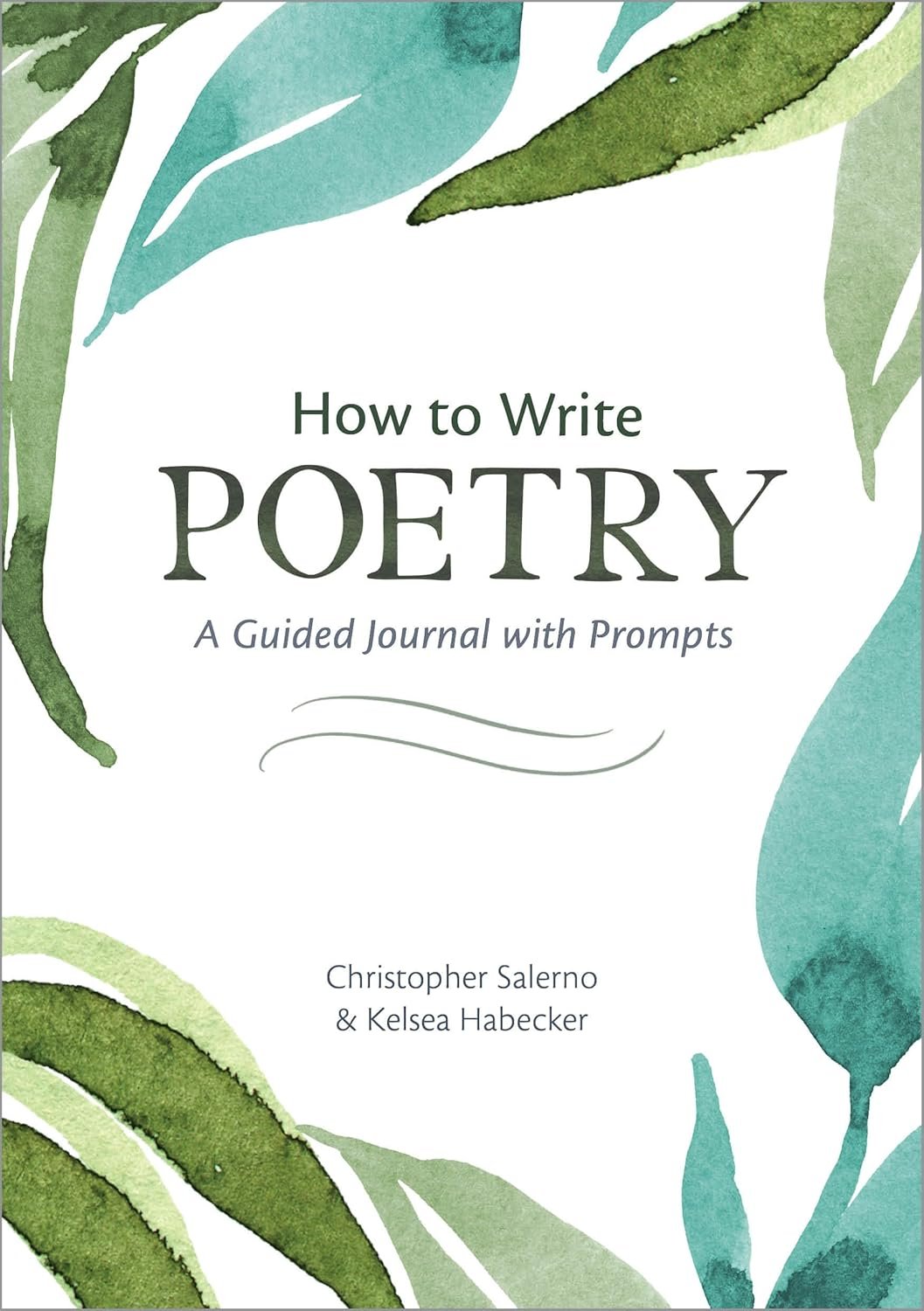
11 Jul Unlocking the Muse: A Journey Through ‘How to Write Poetry’ Journal
Unleashing Your Inner Poet: A Review of How to Write Poetry: A Guided Journal with Prompts
As a lifelong lover of words and introspective musings, How to Write Poetry: A Guided Journal with Prompts by Callisto Publishing was a revelation that landed in my hands just when I needed it the most. I’ve always found comfort in the rhythm of poetry, but after some time away from my pen, I felt reluctant and uninspired. This guided journal feels like a warm invitation to step back into the poetic world, and what a delightful journey it is!
This enchanting volume is designed for poets of all levels—whether you’re a seasoned wordsmith or someone just dipping your toes into the art form. The structure feels nurturing, increasingly sophisticated as you progress through its chapters. Each section tackles essential facets of poetry, from evocative imagery to the intricate dance of rhythm and meter, all peppered with insightful lessons from established poets. I was particularly drawn to the exploration of imagery, where the authors crafted such vivid comparisons that they coaxed me to look at the world through a more lyrical lens.
What sets this journal apart is its emphasis on active engagement through writing prompts. I’ve always appreciated books that encourage interaction rather than passive reading. The prompts are thought-provoking, designed to shake off the cobwebs of writer’s block and inspire a genuine outpouring of creativity. I found myself writing more than I expected, curating line after line of verses that blossomed from the planted seeds of these prompts. One moment that stood out was a prompt asking to describe an everyday object in a way that elevates it to something extraordinary. My pen flitted across the page as I transformed a mundane coffee cup into a vessel of warmth, nostalgia, and morning rituals, invigorating my poetic senses.
While the pages dedicated to writing might seem excessive to some—some reviews have noted that a majority of the pages are blank—I found them to be an essential canvas for my wandering thoughts. Rather than seeing it as an inconvenience, I began to view it as an opportunity filled with possibility. Just as our hearts crave space to breathe, my poems needed space to flourish and evolve.
The writing style in How to Write Poetry naturally flows, making it approachable and inviting. It feels like sitting down with a wise friend over a cup of tea, navigating through the intricacies of poetry with warmth and encouragement. My favorite quote from the journal was, “The power of poetry lies in its verbs and nouns,” which beautifully encapsulates the essence of crafting potent imagery. It’s a reminder of how specificity breathes life into verses, a lesson I aim to carry with me as I deepen my practice.
If you’re new to poetry or simply seeking to reignite your passion for it, I highly recommend this journal. It’s perfect for anyone looking to explore their creative voice, as well as seasoned poets desiring a refreshing take on their craft. For me, this journal was like discovering a long-lost friend in the world of verse, rekindling feelings of excitement and exploration. It confirmed that poetry isn’t merely an art but a means of discovering oneself—their hopes, dreams, and even vulnerabilities—all captured in carefully chosen words.
In essence, How to Write Poetry: A Guided Journal with Prompts is not just a manual; it’s a gentle nudge to embrace our creative pathways. I walked away feeling more connected to my inner poet, and I can’t wait to see where these newly sparked ideas will lead me next! 🌟
You can find How to Write Poetry: A Guided Journal with Prompts here >>









